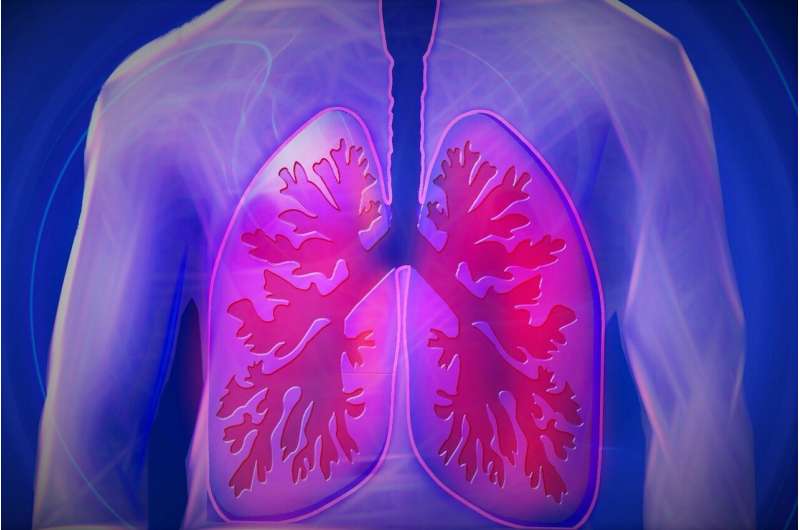Expanding LDCT eligibility guidelines would increase number of women and Blacks who benefit from screening

Expanding the eligibility criteria for low-dose CT (LDCT) screening for lung cancer can increase the number of women and Black persons who can benefit from screening, according to a study published in the Journal of Thoracic Oncology.
LDCT screening reduces lung cancer mortality, but current eligibility guidelines hamper its use.
"LDCT is underutilized by the currently eligible population, with estimated state-level participation rates ranging from 1% to 14%," said Raymond Uyiosa Osarogiagbon, MBBS, FACP Baptist Cancer Center Memphis, Tennessee.
The current screening criteria are imperfect- even with 100% adoption, only 20% to 40% of the US lung cancer population would be eligible to participate. Additionally, LDCT screening guidelines exacerbate existing racial and sex-based disparities because women and racial minorities develop lung cancer at a younger age and with less intense cigarette tobacco exposure than White men, upon whose risk the eligibility criteria are mostly based.
Osarogiagbon and colleagues sought to validate their theory that expanding eligibility guidelines for LDCT screening would benefit women and Black persons.
From 2015 on, Osarogiagbon and his research team implemented a guideline-concordant Incidental Lung Nodule Program at the Baptist Memorial Hospital in Memphis, Tennessee. In 2019, they started disseminating this program across BMHCC institutions in Arkansas, Mississippi and Tennessee, to reach a service area population across 111 counties in this region. The population in these counties has some of the highest US per-capita lung cancer incidence and mortality rates and a high proportion of Black persons.
Using data from the Lung Nodule Program, his research group compared persons eligible for LDCT by five different screening protocols:
- US Preventive Services Task Force (USPSTF) 2013 criteria (55-80 years, ≥30 pack-years of smoking, and ≤15 years since cessation (USPSTF2013);
- USPSTF 2021 (50-80 years, ≥20 pack-years of smoking, and ≤15 years since cessation (USPSTF2021);
- quit duration expanded to ≤25 years (USPSTF2021-QD25);
- reducing the pack-years of smoking to ≥10 (USPSTF2021- PY10);
- and both (USPSTF2021-QD25-PY10)
Of the 17,421 individuals analyzed, 56% were female, 69% were White, and 28% were Black. Of these study participants 13% met USPSTF2013 criteria; 17% USPSTF2021; 18% USPSTF2021-QD25; 19% USPSTF2021-PY10; 21% USPSTF2021-QD25-PY10.
Expanding eligibility criteria to USPSTF2021-PY10, USPSTF2021-QD25, and USPSTF2021- QD25-PY10, increased the total number of lung cancers identified by 26% (from 501 to 631), 28% (from 501 to 640), and 37% (from 501 to 685). Therefore, 19.1% (631 of 3314), 20.0% (640 of 3194), and 18.8% (685 of 3648) of the total eligible screening populations by USPSTF2021-PY10, USPSTF2021-CD25, and USPSTF2021-CD25-PY10, were diagnosed with lung cancer.
Osarogiagbon and his team found that expansion of LDCT screening eligibility criteria to allow longer quit-duration and fewer pack years of exposure enriches the screening-eligible population for women and Black persons.
"In short, we validate the notion that adoption of USPSTF2021 can increase access to Black persons and women with providing and also provide evidence that a further reduction in smoking exposure criteria should be considered," Osarogiagbon said.
More information: Matthew P. Smeltzer et al, Potential Impact of Criteria Modifications on Race and Sex Disparities in Eligibility for Lung Cancer Screening., Journal of Thoracic Oncology (2022). DOI: 10.1016/j.jtho.2022.09.220
















